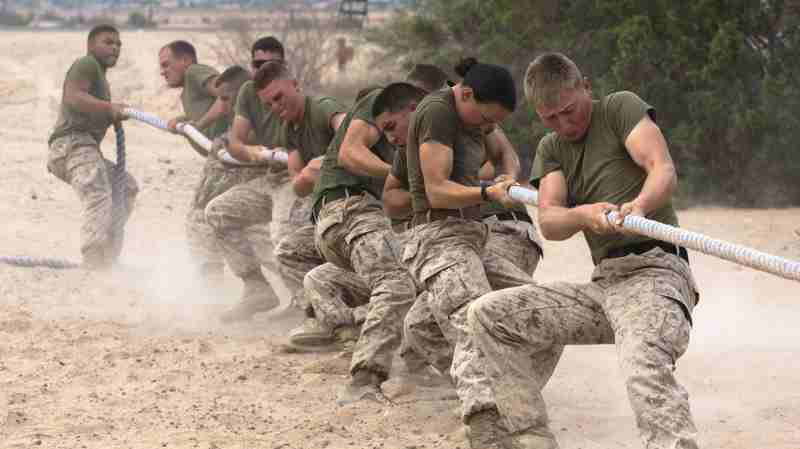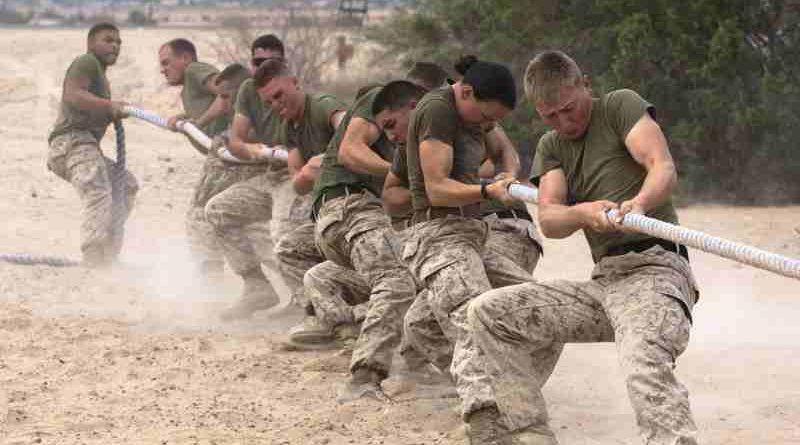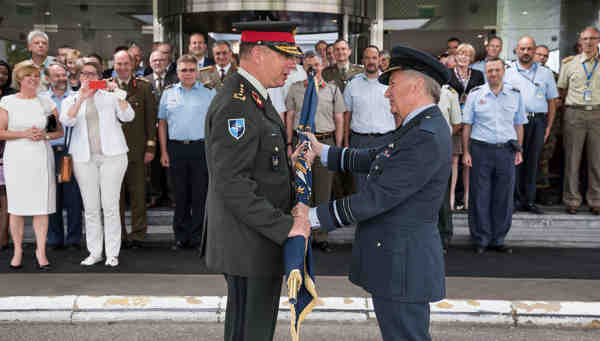How America Plans to Build the Force of the Future

The U.S. Secretary of Defense Ash Carter has announced the latest links in the “Force of the Future” initiative. It was stated Tuesday by the U.S. Department of Defense (DoD).
He explained specific steps to expand the military’s geographic, demographic and generational reach in recruiting and to strengthen the country’s ROTC (Reserve Officers’ Training Corps) programs during a visit to City College of New York’s (CCNY) Manhattan campus.
The ROTC are a group of college-based officer training programs for training commissioned officers of the United States Armed Forces.
According to the DoD, the goal is to build on the military’s status as one of the nation’s most popular and respected institutions to enhance the future force’s access to Americans from all regions of the nation and all walks of life.
[ Is America the Greatest Country on Earth? ]
“If we’re going to ensure we keep recruiting top talent, we have to help our fellow citizens get to know today’s military, even if they don’t have a parent, a neighbor or a coach who served,” Secretary Carter said.
“We’re going to start by improving how we communicate the value of military life — telling our story in more places, more ways, and to a broader range of audiences across the country — making real who we are and what we do,” he said.
Speaking to an audience that included ROTC students from the CCNY campus, Carter outlined the enhanced outreach and ROTC efforts as the fifth and sixth links of the “Force of the Future.”
It is a series of initiatives designed to ensure that the U.S. military maintains its ability to attract and retain the people it needs to remain the world’s premier fighting force, the DoD said in its statement.
[ U.S. Takes Fresh Steps to Defeat ISIS Terrorists ]
Previous links involved changes to allow greater exchanges between the military, private sector and academia; to better support military families; to build a more flexible military officer promotion system; and to better attract top civilian talent.
Links five and six address a new challenge: the fact that the military draws disproportionately from some areas of the country and some segments of society.
For example, according to the DoD, 40 percent of those who join the military come from just six states, and Americans who have a parent or close relative who served are nearly twice as likely to join the military as those who don’t.
“We want people to consider military and public service because they will be better off for taking part in this incredible mission,” Secretary Carter said. “We’re going to help more Americans be open to helping us in that mission.”
Photo courtesy: U.S. Department of Defense






